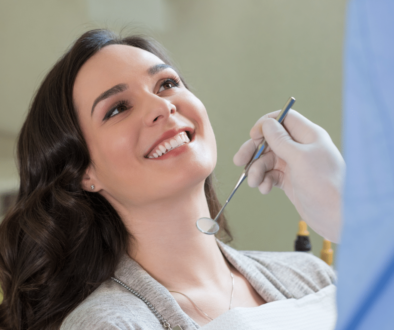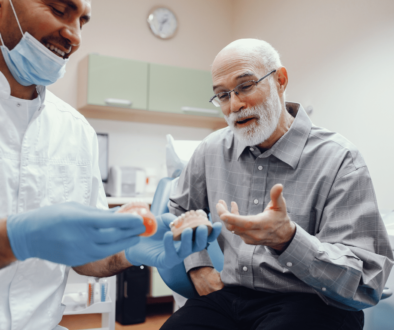Dental X-rays and the Importance As Part of Your Dental Exam

X-rays provide your dental team with a more complete view of what’s occurring in your mouth. They can also help identify disease and developmental problems before they become serious health problems. This is so important, especially for early detection.
Dental x-rays emit an extremely low amount of radiation. To put it into perspective, a person in Canada will be exposed to approximately 1.8mSv a year of natural background radiation. A routine exam that may include 4 bitewing x-rays is approximately 0.005mSv which is about the same as what you would receive on a daily basis from natural sources. 1.
While following the principle of ALARA to help get an “as low as reasonably achievable” amount of radiation, one of our qualified dental team will use a lead apron with a thyroid collar to help protect your organs and thyroid from radiation. X-rays are extremely safe and now with digital x-rays your exposure is even less.
X-rays are an important part of a dental exam for many reasons:
• Assess for dental decay (cavities)
• Assess the health of the bone around the teeth and jaw bone
• Assess and diagnose periodontal disease
• Assess infection of a tooth
• Assess developing teeth including missing teeth and 3rd molars (wisdom teeth)
• Assess for some types of tumours, cysts and abnormalities
There are different types of dental x-rays:
- Intra-oral x-rays (inside of the mouth) eg. bitewings, periapicals
- Extra-oral x-rays (taken outside of the mouth.) eg. panoramic
The most common dental x-rays are bitewings, periapicals and panoramic images.
Taking an x-ray depends on many factors:
- Age of patient
- Susceptibility for dental decay and history of dental decay or restorations
- Oral health and general health history
- Dental hygiene
- Stage of dental development
- Symptoms reported by patient
Be sure to always check with your dentist and dental team if you have any questions regarding x-rays and radiation.



